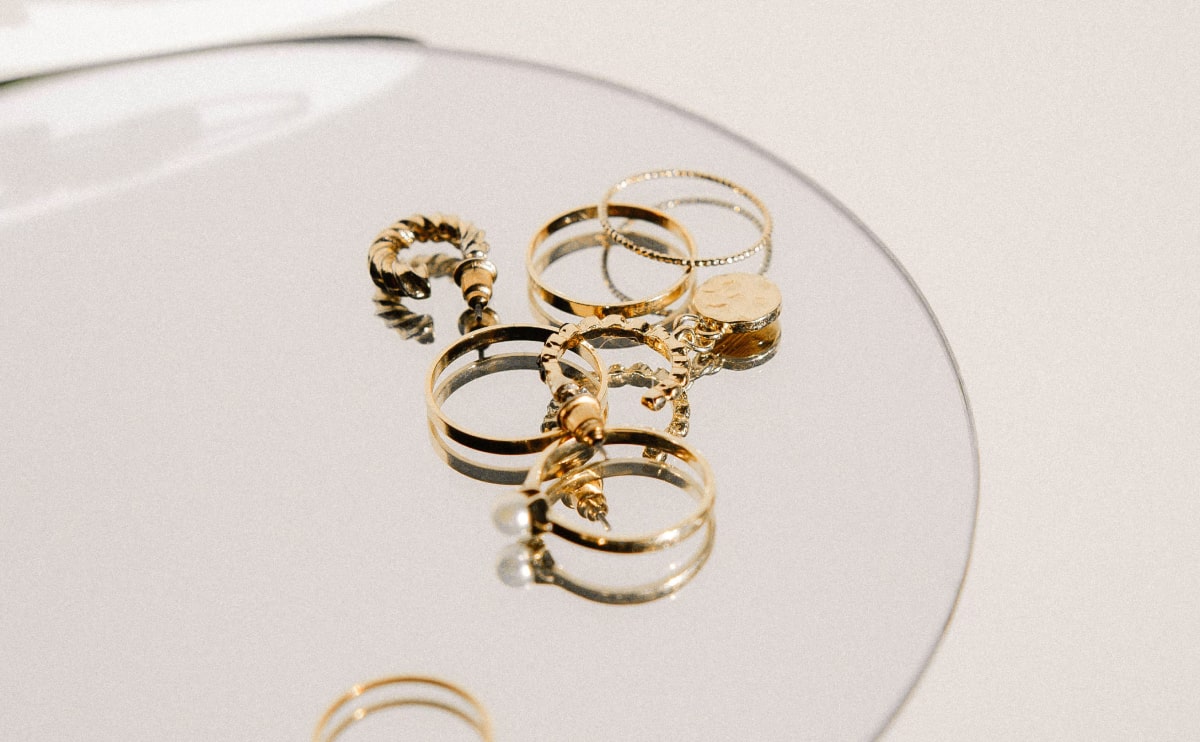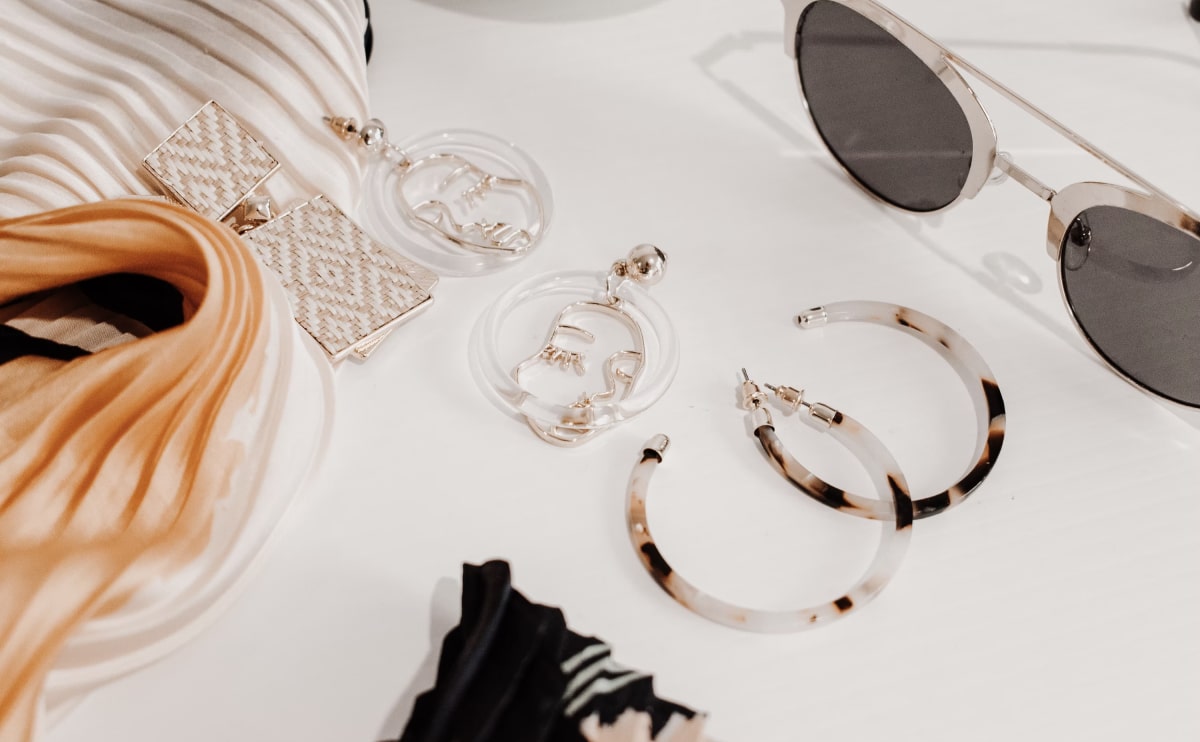Please visit the online store>>Click here to buy animal feed drawing related products
Millions of products are now available at 50% off market price,from $1.34 / Unit
Animal feed drawing is an essential tool used in the agricultural and veterinary sectors to design, visualize, and optimize feed compositions for livestock. The process involves creating detailed illustrations that represent various types of animal feeds, including grains, pellets, and nutritional supplements. By employing artistic and scientific skills, these drawings serve as a means to communicate the nutritional benefits and physical characteristics of feed products to farmers, nutritionists, and veterinarians.
One primary benefit of animal feed drawing is its role in education and training. It allows stakeholders to better understand the components of animal diets and make informed decisions regarding feed formulations. For example, drawings can illustrate the proportions of protein, carbohydrates, vitamins, and minerals necessary for different species of livestock. This visual representation aids in simplifying complex nutritional concepts, ensuring that even those without advanced nutritional training can grasp essential principles.
Moreover, the use of drawings in feed design can significantly impact the health and productivity of animals. Proper dietary formulations illustrated through these drawings can lead to improved growth rates, better milk production, and enhanced reproductive performance in livestock. In a world where the demand for animal products is continually rising, ensuring that animals receive the right nutrition is critical for sustainable agricultural practices.
Incorporating technology in drawing techniques has further revolutionized this field. With the increasing use of computer-aided design (CAD) software, feed drawings can now be accurately made and easily modified to meet specific requirements. This approach not only saves time but also enables the integration of advanced nutritional research findings into practical feed designs. Consequently, the combination of traditional drawing skills and modern technology creates a powerful resource for optimizing animal diets.
It is important to recognize the role of collaboration in the development of effective animal feed designs. Nutritionalists, veterinarians, and feed manufacturers often work together to create drawings that reflect both scientific knowledge and practical experience. This partnership ensures that the feeds designed will be readily accepted by livestock and beneficial to their health and productivity.
In conclusion, animal feed drawing stands as a crucial element in the agricultural landscape. By merging artistic representation with scientific understanding, it fosters better communication about animal nutrition. As the industry continues to embrace technological advancements and collaborative efforts, the significance of these drawings will only grow, paving the way for healthier and more productive livestock worldwide.




